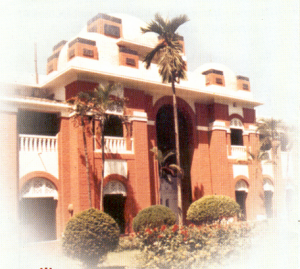The mission of Registrar Office of BUET is to facilitate the educational process by assisting students, faculty, and staff by providing:
- a welcoming and encouraging service environment, in person and via other modes of contact;
- accurate and timely processing of data related to course offerings, registration and academic records;
- support and advice regarding academic policies and procedures;
- data to a variety of constituents, in support of the academic decision making process;
- security and privacy for the university’s academic records, including advice and training for faculty and staff on privacy issues;
- Leadership in the areas of technological development as related to student administrative services and systems.
- Estate, legal and Security Wing under the Registrar Office provides security services all over the University to achieve its academic and administrative goals. Additionally, this Wing plays a vital role regarding Estate and Legal issues including advisory services on behalf of BUET.
Thus the Registrar Office supports the overall educational goals of the university by providing these critical components in the academic support structure. We act as a “behind the scenes” facilitator for faculty, students, and staff as they pursue the academic goals of the university.


